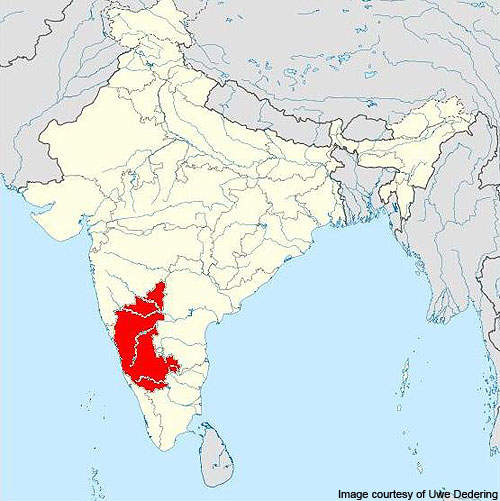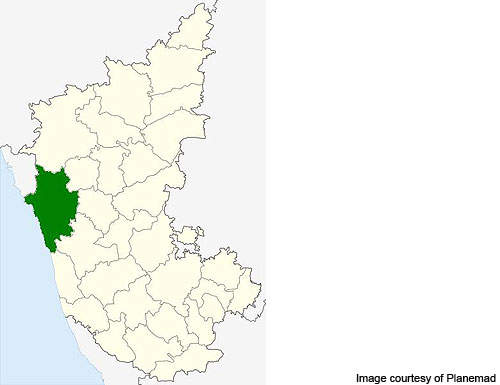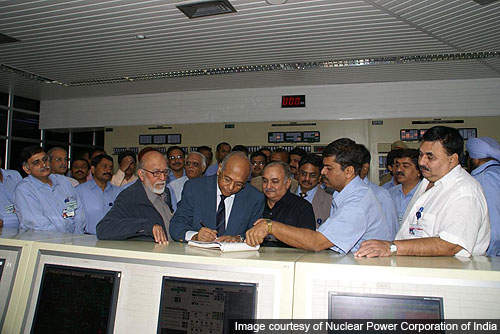The Kaiga Generating Station (KGS) is a nuclear power plant located in the Karwar District of Karnataka state in India. Already operating three units, KGS turned the fourth unit critical in November 2010 and synchronised it to the grid in January 2011. Kaiga is now the third largest nuclear plant in India, first and second being the Tarapur (1,400MW) and the Rawatbhata (1,180MW) respectively.
KGS is operated by Nuclear Power Corporation of India (NPCIL). The fourth unit is the nation’s 20th reactor.
The commissioning of fourth unit has catapulted India as the sixth country in the world to join the world’s elite nuclear club after the US, France, Japan, Russia and Korea. It has increased India’s installed nuclear capacity from 4,560MW to 4,780MW.
KGS has also conducted site survey to add Units 5 and 6 of 700MW each for which government approval is awaited.
Plant development
KGS Unit-2 was the first reactor to be commissioned in September 1999. Unit-1 turned critical in September 2000. Units 3 and 4 were constructed simultaneously. Unit-3 was declared commercial in May 2007 but could be commissioned only in 2009 due to a shortage of uranium fuel. The third unit was stopped because of generator breakage in August 2007. JSC Turboatom and Se plant Electrotyazhmash were awarded a $4.8m contract in December 2007 to repair the unit and supply parts for all the four units.
However, the relaxation of global norms from Nuclear Supplier’s Group Guidelines in 2008 facilitated the availability of fuel, resulting in the commissioning of Unit-4.
Like Units 1, 2 and 3, Unit-4 is also a pressurised heavy water reactor (PHWR) with a rated capacity of 220MWe. The total installed capacity of the four units is 880MWe.
The three operating units are currently producing at 70% capacity, which is expected to be increased to 100% with the supply of sufficient uranium fuel.
Distribution
Power generated from Unit-4 is being supplied to the neighbouring states of Kerala, Andhra Pradesh, Tamil Nadu and Pondicherry, while Karnataka gets a share of 27%.
Technology
The pressurised heavy water reactor uses unenriched natural uranium as fuel and uses heavy water as a moderator and coolant. The reactor produces saturated steam to drive a double stage turbo generator to produce electricity.
Constant pressure is maintained on the heavy water to allow it to rise above the boiling point without heating. This allows the reactor to operate without fuel enrichment facilities and efficiently make use of alternate fuel cycles.
The main feature of this technology is the use of heavy water as the moderator which uses natural uranium as fuel, avoiding the use of expensive uranium enrichment facilities. The reactor is built in such a way that most of the moderator is kept at low temperature. This method is more efficient as the resulting thermal neutrons are more thermal than those in the conventional reactors in which the moderator runs hot.
While the PHWR technology is very efficient, it has some setbacks. Heavy water involves a high capital cost. The reduced energy content of natural uranium calls for frequent refuelling as compared to enriched uranium facilities. The increased movement of uranium through the reactor also results in a higher volume of spent fuel than in the reactors employing enriched uranium. However, the spent fuel can be stored much more compactly as the unenriched fuel is less reactive and generates less heat.
Indian power market
Thermal power is the primary source of power in India with hydro, renewable energy and nuclear power being the second, third and fourth largest sources respectively.
As of November 2010, India has 20 nuclear reactors in operation with four more units to go critical by 2013. The country plans to increase the installed nuclear power capacity to 7,280MW in 2012 and to 10,080MW in 2017. It has also set a medium term target of 20,000MW of nuclear power in 2020 and long term target of 63,000MW by 2032.
India only has small uranium reserves and as a result electricity generation from nuclear power declined by 12.83% during 2006-2008. With the commencement of international nuclear trade, the country has however signed bilateral deals on civilian nuclear technology cooperation with countries like Russia, France, US, UK and Canada which have adequate uranium reserves.
With a strong focus on nuclear power, India envisages to more than double the nuclear power contribution to overall electricity generation from the current 4.2% to 9% in the next 25 years.






